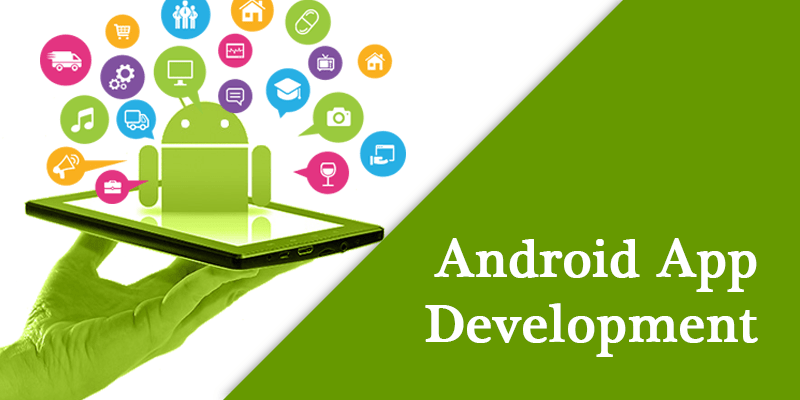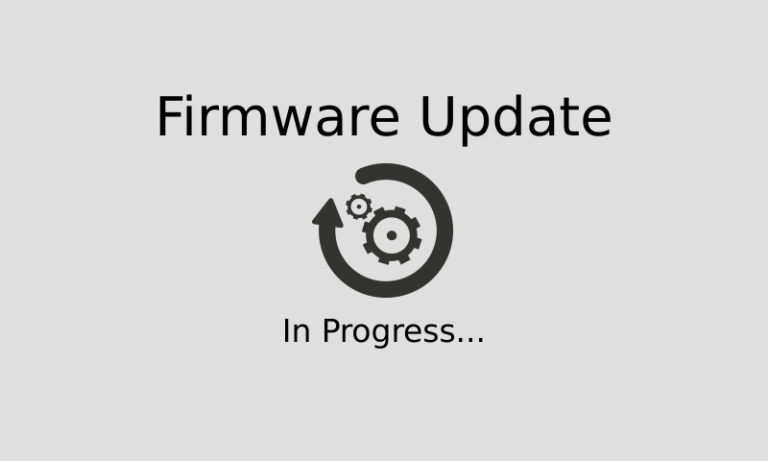8 best Android apps for app development
Last Updated on June 9, 2024 by Jhonni Jets
With over 3 billion active Android devices worldwide, building Android apps presents a massive opportunity for developers. However, to create high-quality apps, developers need the right tools. This article explores the 8 most useful Android apps for app development across design, testing, code editing, and more.
The Android platform offers developers a wealth of opportunities but building robust, functional apps requires extensive tools and resources. Whether you’re designing interfaces, writing code, testing functionality, or publishing apps, the right apps can dramatically improve your workflow and process. This guide highlights the top Android apps that every developer should have in their toolkit.
Table of Content
We’ll cover apps for sketching UI/UX designs, prototyping interactions, writing and debugging code, testing on emulators and devices, tracking bugs and issues, and publishing to markets. Each tool was selected for its feature set, usability, and popularity within the Android development community. By utilizing these powerful yet approachable apps, you can streamline your development process and build higher quality apps faster.
Figma
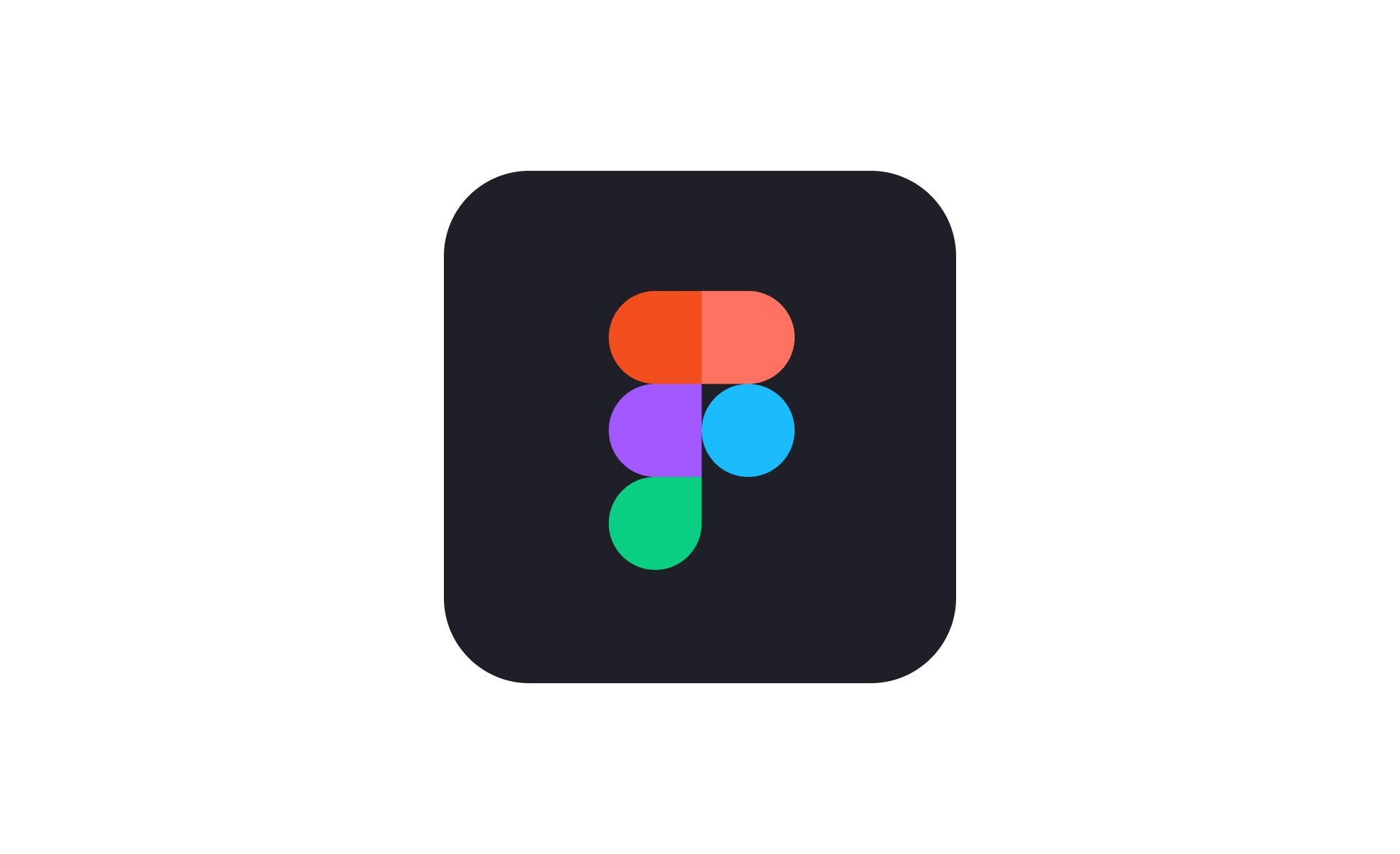
Figma is one of the most popular design tools for creating beautiful, intuitive user interfaces. With its simple drag-and-drop interface and real-time collaboration, Figma empowers designers and developers to work together effortlessly. You can sketch screens, add interactions, and link screens into a flow directly in the browser without downloading any software. Figma’s library of Android interface components like buttons, switches, and inputs makes it easy to follow Material Design principles. As you design, you can share your work via a unique URL, leaving comments and suggestions for teammates.
Beyond core design features, Figma integrates tightly with developer tools. You can export designs as responsive image assets or directly as code. Its plugin ecosystem offers utilities like prototyping interactions, generating specs from designs, and more. With its blend of creativity and structure, Figma has become integral for collaborative app design.
Android Studio

As the official IDE for Android development, Android Studio is packed with tools for writing, testing, and debugging code. Features like code completion, Find Usages, and refactoring let you write code quickly without losing productivity to syntax errors or manual cross-references. Its debugger allows inspecting variables, call stacks, and processes during runtime to squash bugs efficiently.
Beyond coding, Android Studio integrates an Android emulator for testing apps without a physical device connected. You can preview your UI on various screen sizes and versions to ensure compatibility. Gradle and plugins handle build configurations, so developers can focus on writing code. With services likeCrashlytics and Google Play integrated directly in-studio, testing and releasing apps is simplified.
As a one-stop-shop for the entire development cycle, Android Studio is a must-have for any Android developer. Its official tooling, comprehensive features, and smooth workflows make it the de facto option over alternatives.
InVision
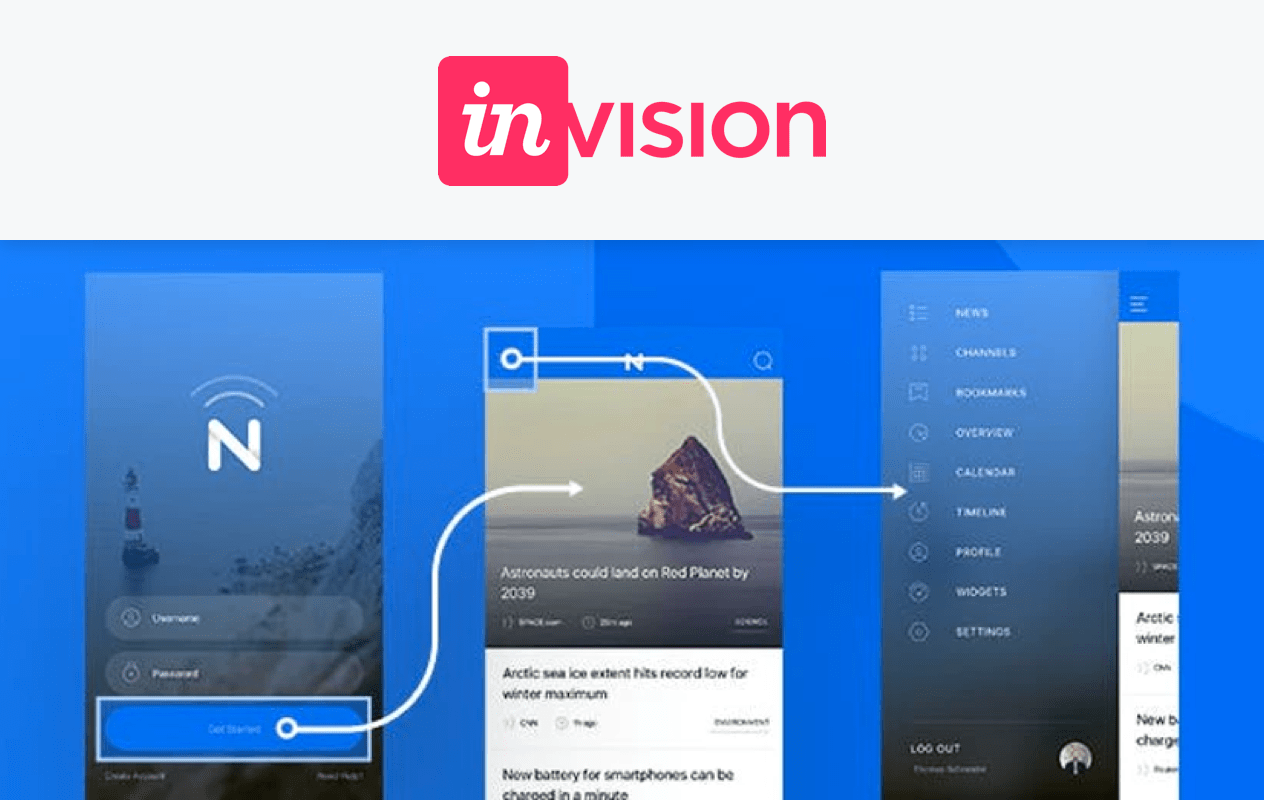
Like Figma, InVision is a leading tool for designing beautiful user interfaces and prototypes. Its powerful features allow you to quickly sketch wireframes, design pixel-perfect screens, and link screens into interactive prototypes. You can handoff fully clickable designs to stakeholders for review and feedback.
A key strength of InVision is its Animation capabilities. Developers can create realistic interactions like swipes, taps, and element animations to demonstrate how screens transition. Combined with its prototyping features, this allows envisioning how an app might really work before a single line of code. Teams can iterate quickly on designs based on user testing results directly in InVision.
InVision also exports standard design files and links them to developer tools like Crashlytics and Jira. You can specify developer notes, export assets, and generate tracking pixels to gain insights into how stakeholders interact with prototypes. Its plugin marketplace offers tools like spec generation, automation, and more.
For teams seeking a more full-fledged design solution compared to Figma, InVision delivers robust visual design, prototyping, and handoff tools to streamline app development.
Android Emulator

While Android Studio includes an emulator for app testing, its heavyweight nature can slow down development workflows. That’s where smaller, more agile emulators come in handy. The Android Emulator app from Google offers a fast, responsive emulator for any Android device configuration, accessible right from your phone or ChromeOS device.
Within seconds, you can spawn virtual devices like Pixel, Galaxy, or tablet devices at any API level for testing your app’s features, visuals, and performance. Its intuitive UI lets you modify settings like RAM, internal storage, and location services on the fly. Helpful features include screen recording, hardware key controls, and snapshot/restore states.
For quick iteration cycles, the Android Emulator trounces larger emulators thanks to its lightweight nature. You can test apps directly from your device during commutes or away from your main computer. It pairs perfectly with Android Studio or any code editor for an all-in-one development kit.
ESLint

Efficient code quality and style consistency is essential across large Android codebases involving multiple developers. ESLint is a popular static analysis tool that enforces code standards and catches errors without running code.
It integrates with AndroidStudio, VS Code, and other IDEs/editors as a lightweight plugin. Preset rulesets ensure adherence to conventions like semicolon usage, indentation, naming schemes and more. You can also define custom rules tailored for your codebase. As you develop, ESLint validates styles and syntax within files on save.
ESLint shines by automatically fixing many issues like spacing, formatting via a single command. This saves developers time fixing simple errors. Its extensive open source plugin ecosystem provides additional features like security, maintainability and performance rulesets. Overall, ESLint maintains clean, standard code across projects with minimal friction for developers.
JUnit

As Android’s most established framework for unit testing, JUnit is essential for thoroughly testing code functionality during development. It features annotations and assertions to validate method outputs against expected results.
Inside Android Studio or CLI, JUnit tests live alongside app code for easy management. You can automatically run full test suites on file saves or before each commit. Its powerful assertions include conditional testing capabilities. The Hamcrest library extends JUnit with matcher capabilities for flexible object equality checks.
For UI-level testing, Robolectric boosts JUnit’s capabilities by simulating the Android framework API on desktop. This allows fast, isolated unit testing without full emulators or devices. Combined, JUnit and add-ons save developers immense debugging time by catching bugs and regressions early in the pipeline.
Espresso
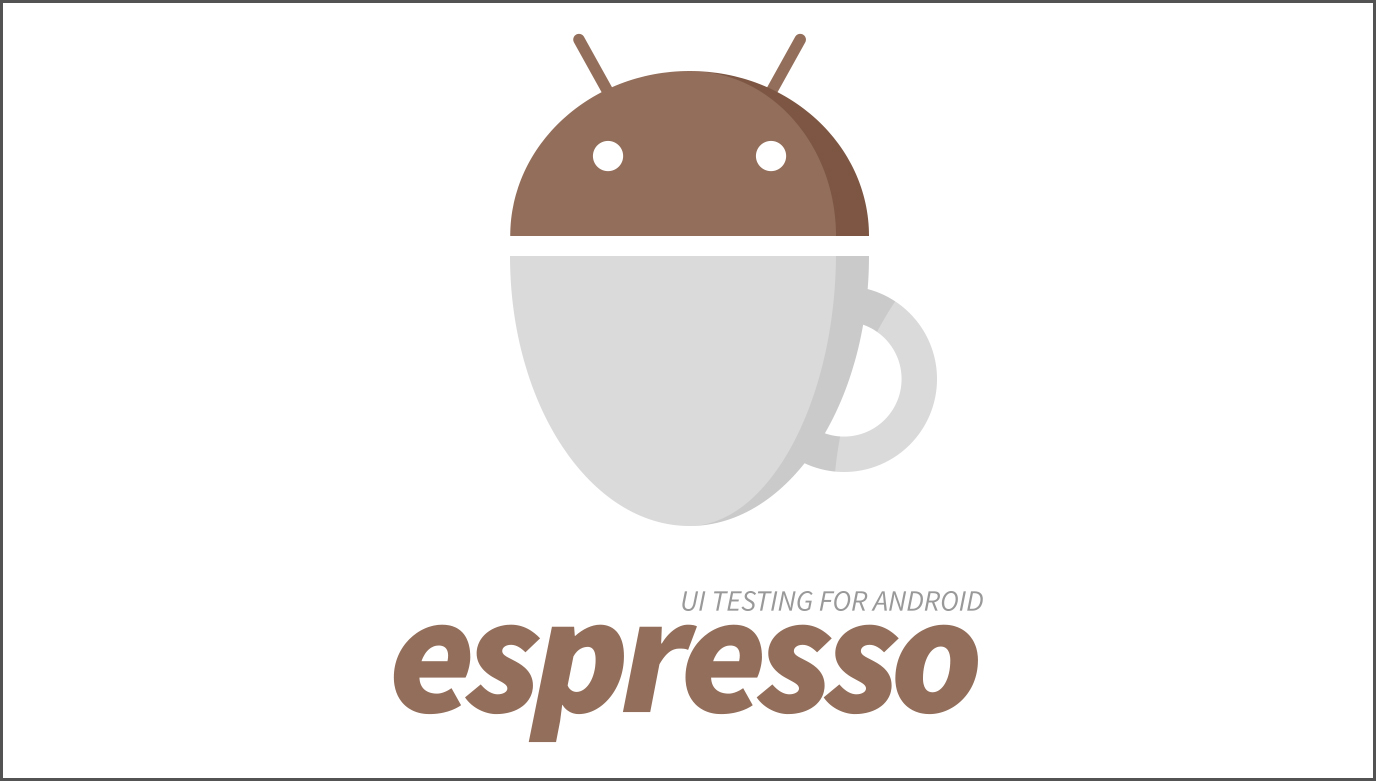
While JUnit tests app logic, Espresso thoroughly checks Android UIs and interactions during development and CI/CD. It offers an expressive API to simulate user touches, checks, and behaviors on views and activities. Espresso tests run within seconds in the emulator or on a connected device.
Its matchers let you verify text, visibility, dimensions and other view properties. Actions simulate clicks, long presses and other gestures. Asserters confirm app state after actions. Espresso integrates with your build for automated functional tests on each compilation. This ensures new code doesn’t break existing features.
Espresso shines by obviating the need for heavier frameworks in test code. Paired with JUnit, it provides fast, readable UI tests to catch visual or behavioral bugs early. This gives confidence for pushing new builds while protecting core app functions.
Bugsnag
No matter how thoroughly code is tested, bugs may slip through into production apps. This is where error tracking services like Bugsnag earn their keep. Installed via a simple SDK integration, Bugsnag automatically detects crashes, ANRs, and exceptions on users’ devices.
The service reports detailed stack traces along with device details, OS version, and app metadata. Developers can quickly triage issues and even reproduce crashes on simulators using attached device data. Notifications keep teams informed of new problems. Integration with services like Github, Slack, and PagerDuty ensures the right people address issues promptly.
Bugsnag stands out through intelligence features that group duplicate reports, trace root causes, and even fix some bugs automatically. The web UI organizes a wealth of telemetry for root cause analysis. Overall, it saves tremendous time for dev teams compared to relying only on users to self-report bugs.
Conclusion
The Android ecosystem offers a wealth of powerful yet approachable tools for all phases of development. This collection of top apps spans design, coding, testing, issue tracking and more to help developers work smarter. By standardizing on high-quality, well-supported solutions, teams can establish coherent workflows and build robust apps at higher velocity.
The right developer tools dramatically boost productivity, code quality, collaboration and workflow management. As the Android platform continues expanding into new form factors and capabilities, having a solid arsenal of resources will future-proof teams for whatever challenges lie ahead in mobile development.

